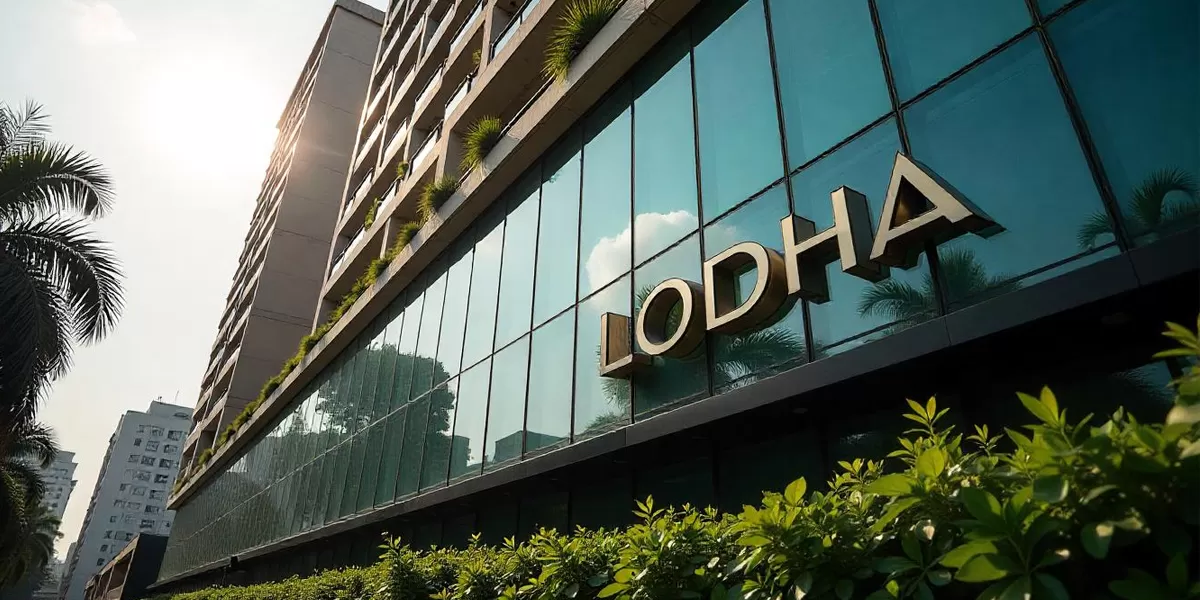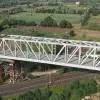Central Road Fund’s expansion unlikely to affect allocations to the road sector

Cushman & Wakefield Names Sona Aggarwal as APAC Retail Lead
Cushman & Wakefield, a global real estate services firm, has announced the appointment of Sona Aggarwal as Managing Director, Head of Retail Sales and Strategy, Asia Pacific. Based in Singapore, Sona joins at a pivotal time as the firm scales up its regional retail platform, aiming to deliver global expertise to clients across Asia Pacific (APAC) and beyond. With over 25 years of experience in global brand management and retail operations, Sona has led the launch and operations of more than 200 stores across APAC, managing cross-border teams of over 1,300 people. Her deep understandin..

CommScope Launches CableGuide 360 and Enhanced FiberREACH Solutions
CommScope, a global leader in network connectivity, has introduced two new solutions under its SYSTIMAX® 2.0 portfolio—the enhanced FiberREACH™ solution and the new CableGuide 360™ platform. These solutions aim to help enterprises extend power and connectivity to the network edge while simplifying high-density cable management. Previously known as the Powered Fiber Cable System (PFCS), FiberREACH builds on its legacy by integrating advanced hybrid-fibre cabling, increased power delivery, and chassis solutions. The upgraded system now supports up to 90W of Power over Ethernet (PoE) ..

Lodha Buys Rs 5.67 Billion Transit Units in Mankhurd
Mumbai-based listed real estate developer Lodha Developers Limited has acquired 945 permanent transit camp (PTC) units measuring 339,000 square feet from Arihant Construction Company for Rs 5.67 billion. The transaction, registered on 3 June 2025, is part of Lodha’s obligations under the Slum Rehabilitation Authority (SRA) scheme related to its ongoing township project in Vikhroli.The acquired units in Mankhurd will be handed over to the SRA to secure development rights for free-sale construction under the Vikhroli project. The deal includes a stamp duty payment of Rs 340.2 million and regis..
















